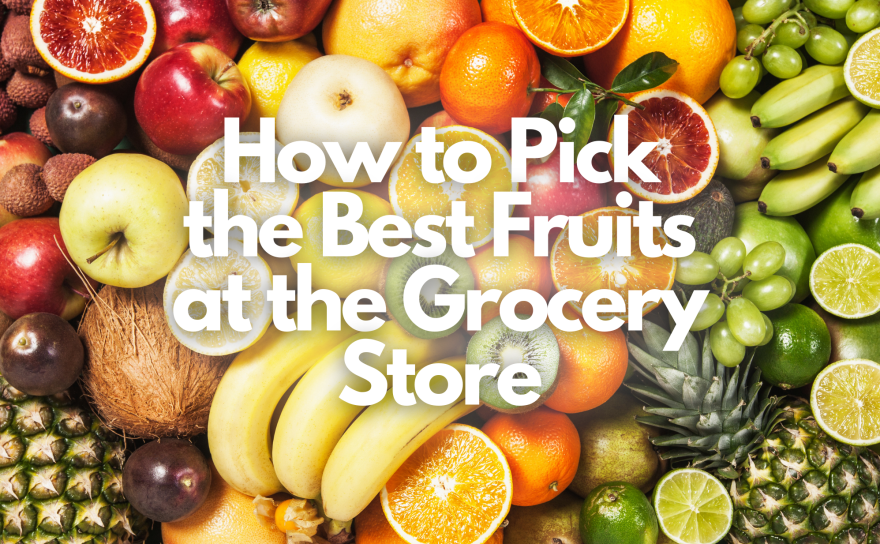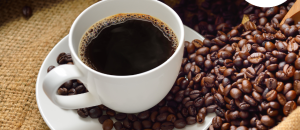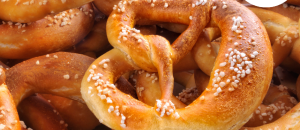Selecting your fruits at the grocery store may not be an easy task. If you’ve even bitten into an unsweet and flavorless fruit and been disappointed, you’re not alone. Luckily there are a few good rules of thumb you can follow to help you choose the best fruits when grocery shopping.
Below, we listed 10 popular fruits and how to select the best ones when shopping at the grocery store:
Apples
In terms of color and its indicator of ripeness, they may vary according to different apple varieties. In general, apples that are firm and crisp, consistent in coloring, and don’t have any cuts or bruises are great to look out for when choosing the best apples.
Avocados
Avocados that are dark green (but not too dark) and soft to touch are usually your best pick. Also if there’s a stem, try to give it a pull – if it comes off easily and the color underneath is bright green, it’s another indication your avocado is perfectly ripe.
Bananas
For ready-to-eat bananas, look for ones that are firm and have a medium yellow coloring. Some brown spots are ok if you’re looking for sweet bananas, however avoid ones that are mushy and have large bruises. And a great tip for using up all your overripe bananas is to bake them into a delicious banana bread!
Grapes
The best grapes are firm, plump and unwrinkled, and firmly attached to their stems. Coloring may vary according to different grape varieties (green, red, dark purple). And if you see a powdery-white coating on your grapes, this “bloom” is safe to eat and is a naturally occurring process that protects your grapes from moisture loss and decay.
Mangoes
Don’t focus on color when choosing the right mangoes. Instead, give your mangoes a squeeze; ripe mangoes will feel soft to the touch, but not overly soft and mushy to where your fingers will sink in. Also give your mangoes a smell; ripe mangoes can also have a fruity aroma around their stems.
Oranges
The color of an orange peel doesn’t matter too much, as it’s not an indicator of flavor or ripeness. Instead, look at an orange’s feel and texture – steer clear of ones that feel soft and spongy, and also ones that are wrinkled or shriveled.
Peaches
Slightly firm peaches are great picks if you plan on eating them throughout the week, but if you want to eat your peaches right away, choose ones that are soft (but not overly mushy). Also, reddish peaches with golden hues tend to be ripest, so avoid ones that look green. In addition, avoid choosing peaches with any bruises or wrinkly skin as these are indicators that they’re overripe or have been refrigerated for too long.
Pineapples
Avoid pineapples that are overly green and instead, look for ones that have a light or medium yellow shell. They should also feel firm, but soft when given a light squeeze. Also, ripe pineapples are fragrant and tend to smell sweet and fruity, so make sure to give the bottoms of your pineapples a good sniff.
Strawberries
Berries that are bright red or darker in color are usually sweeter-tasting. Look for berries that are firm and also make sure to look through the bottom of the container to ensure none of the berries are mushed or spoiled.
Watermelons
Elongated oval-shaped watermelons tend to be watery and unsweet, so instead look for melons that are rounder, heavy for their size, and make a deep hollow sound when you give it a tap. Also, look for dark melons with larger webbing. And avoid choosing melons with white spots; properly ripened watermelons should have a yellow or orange patch (the darker the better) – these melons tend to be sweeter and full of flavor.

 Add to favorites
Add to favorites






